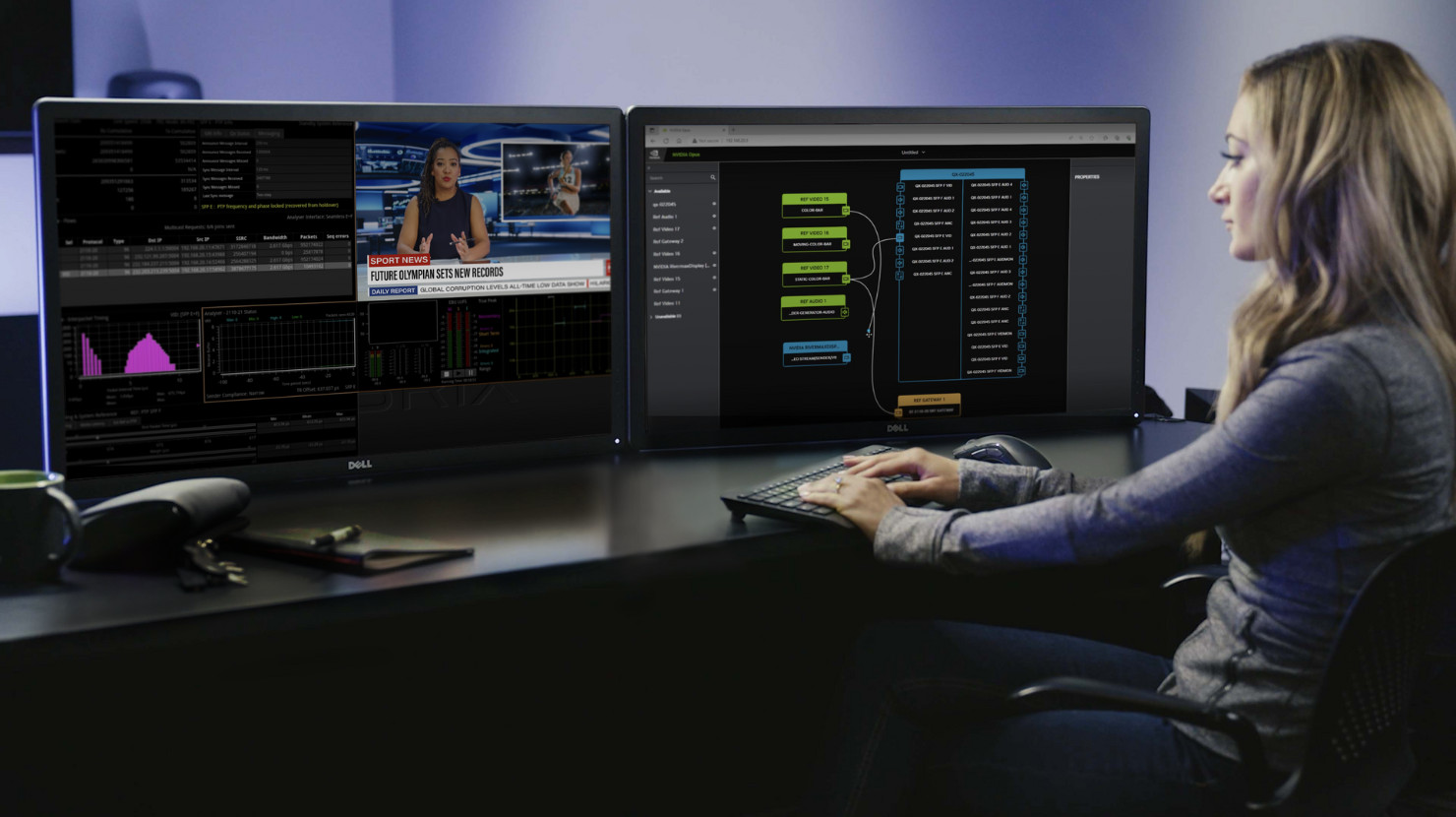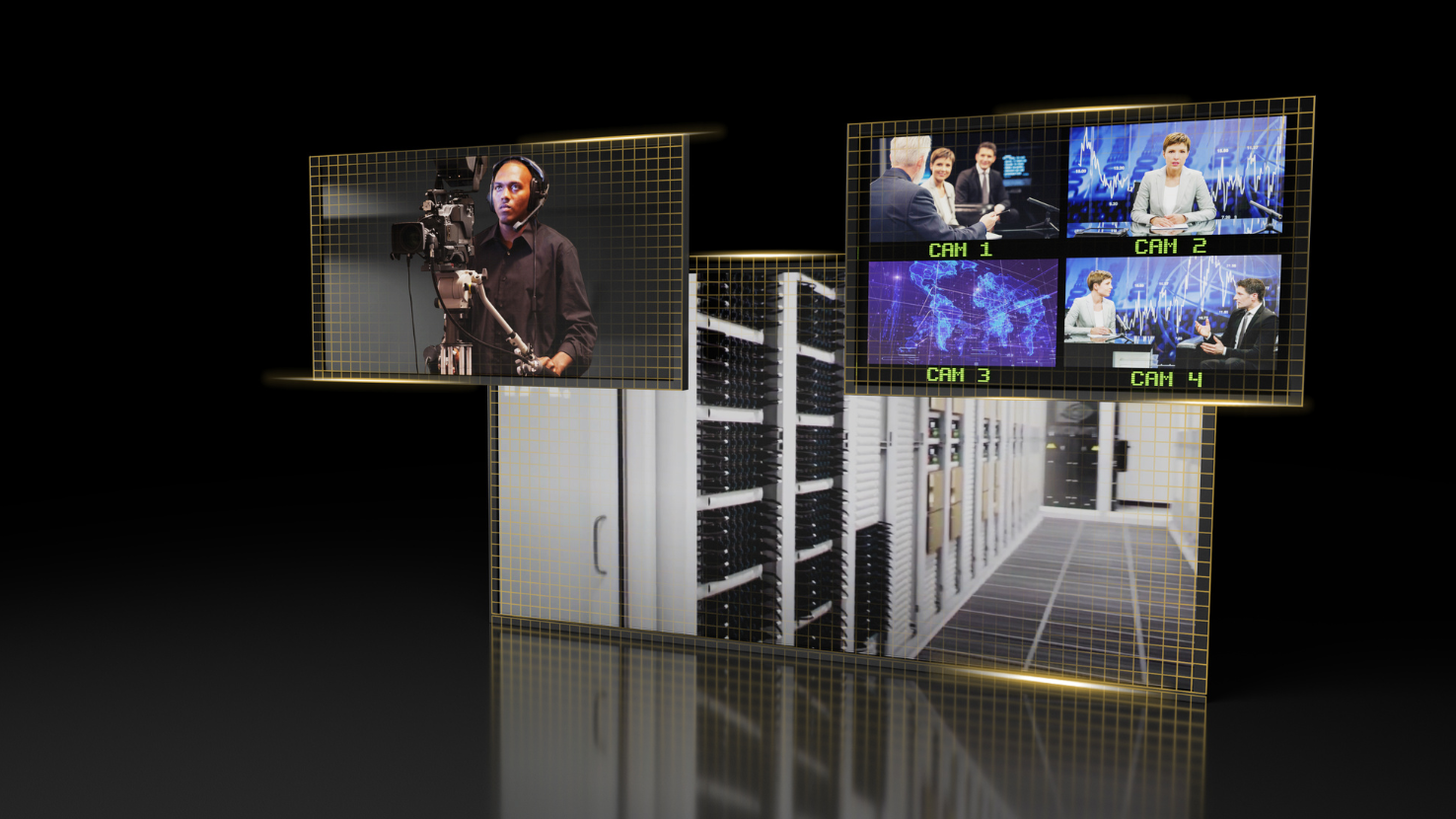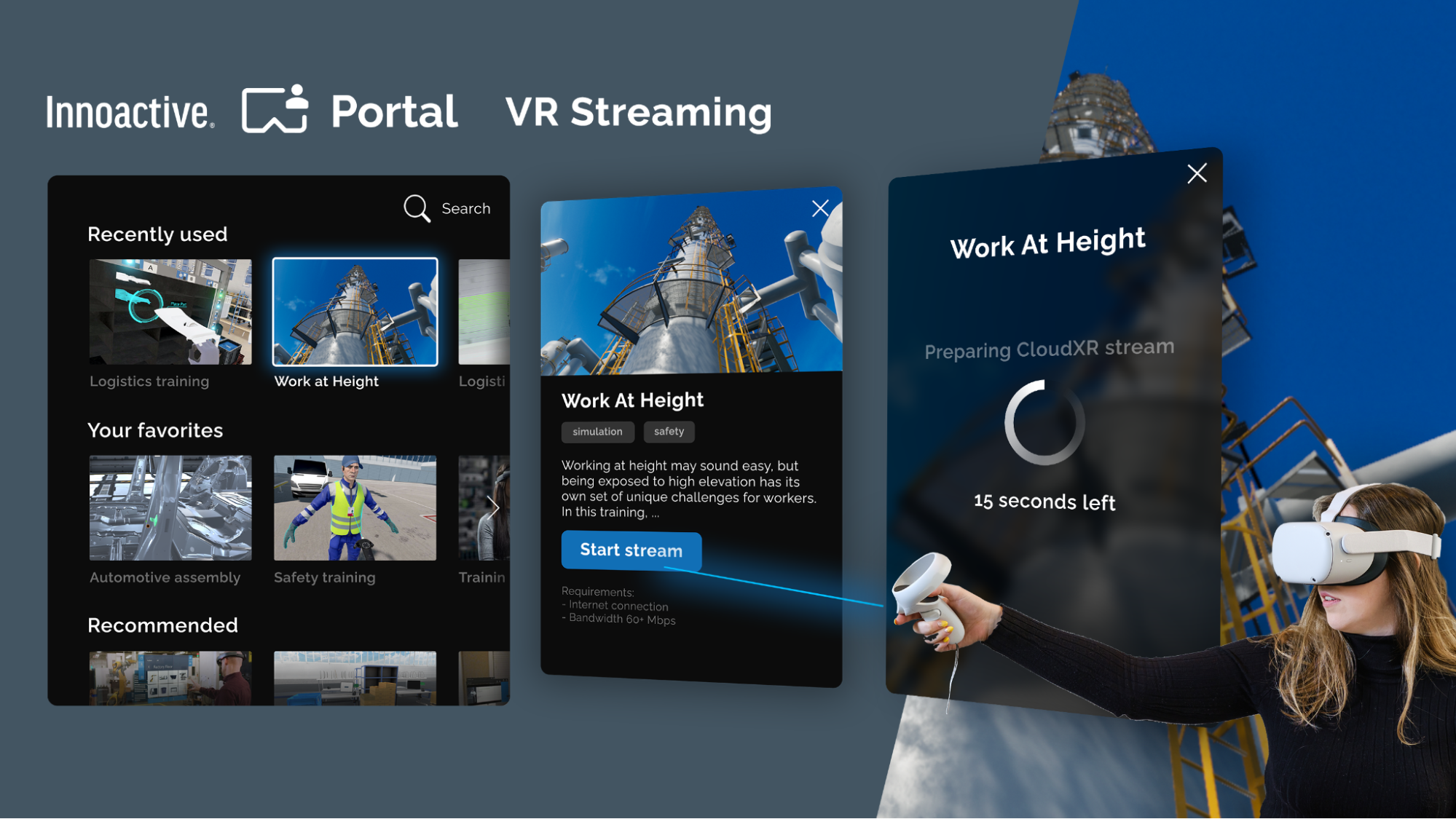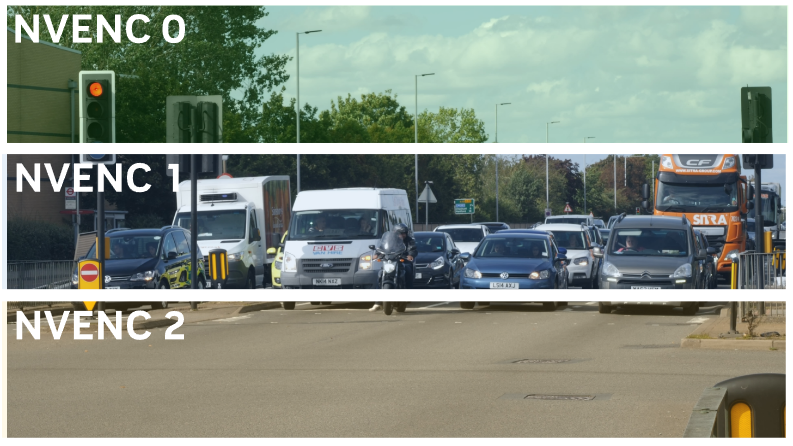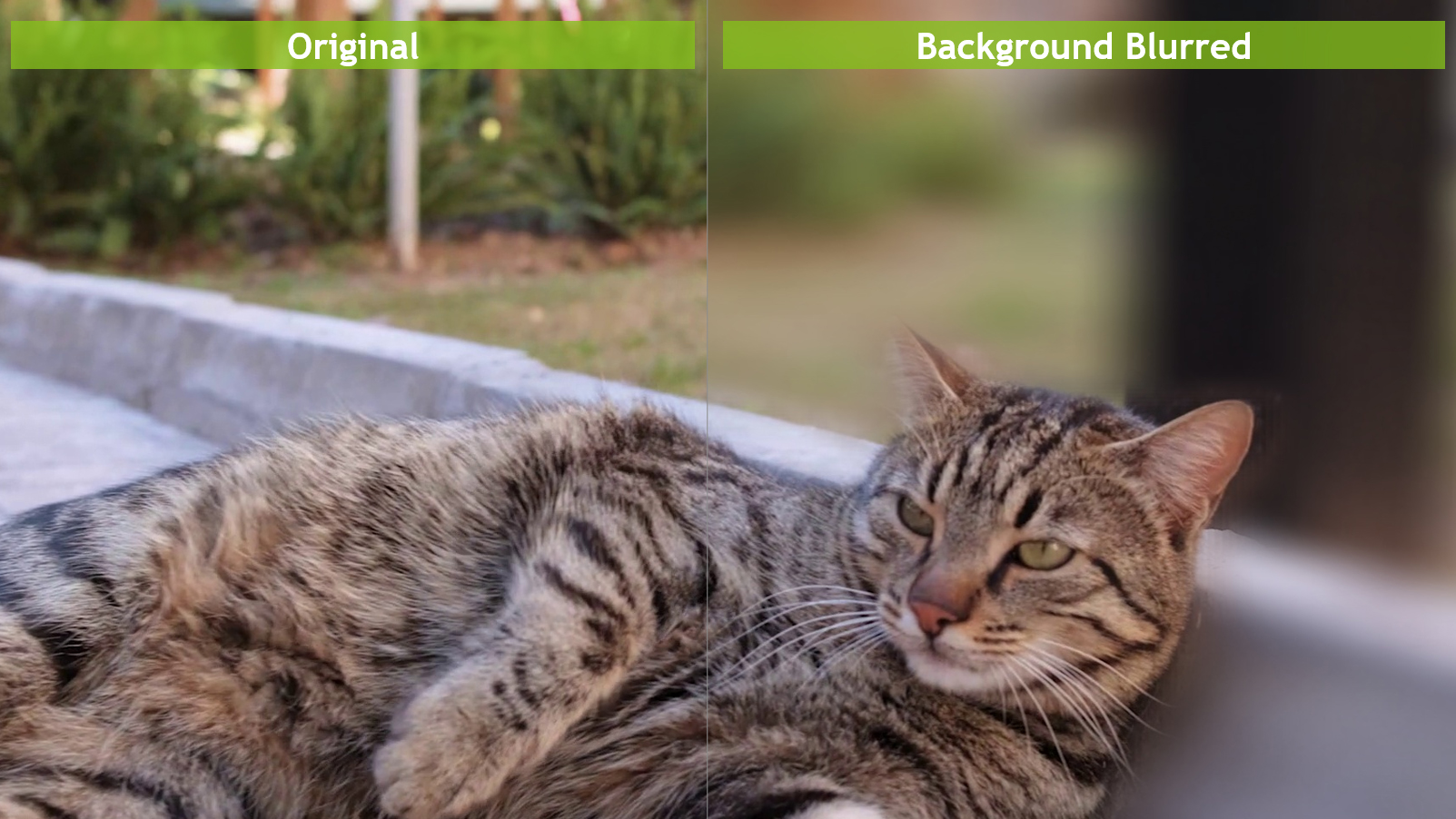The broadcast industry is undergoing a transformation in how content is created, managed, distributed, and consumed. This transformation includes a shift from traditional linear workflows bound by fixed-function devices to flexible and hybrid, software-defined systems that enable the future of live streaming.
Developers can now apply to join the early access program for NVIDIA Holoscan for Media, a software-defined platform for developing and deploying media applications on-prem, in the cloud, and at the edge.
Using Holoscan for Media, broadcasters and solution providers can leverage the latest IT and provisioning technologies and a modern container-based approach to development, orchestration, and delivery.
Holoscan for Media is an IP-based solution built on industry standards and APIs including SMPTE ST 2110, AMWA NMOS, RIST, SRT, and NDI.
The platform integrates open-source and ubiquitous technologies, breaking from the proprietary and inflexible nature of SDI and FPGA-based systems. It also enables incorporation of the latest capabilities in production—such as generative AI—without additional infrastructure investments. With Holoscan for Media, countless NVIDIA application frameworks and SDKs are made accessible to the industry for development.
This framework provides several benefits to both broadcasters and solution providers, including:
- Repurposability: Use a single platform for many applications.
- Lower TCO: Benefit from the cyclical cost reductions.
- Flexibility: The platform is cloud-native and independent of location. An application can be developed once and deployed everywhere.
- Sustainability: Provisioning technologies that drive resource sharing means that overall less equipment is required. This means lower power and cooling costs and reduced impact from shipping to and from events. Ultimately, this leads to CO2 reductions.
IP-based platform architecture
NVIDIA Holoscan targets sensor data and media processing applications deployed at-scale across countless industries, in the cloud, on premises, and at the edge. Holoscan for Media tightens the focus on broadcast and live production workflows, with the first target being on-premises deployments.

The hardware basis of the platform is therefore NVIDIA-certified systems from our partners, using NVIDIA Ampere architecture or later GPUs and NVIDIA BlueField-2 or later DPUs. The first systems are x86, but the entire software stack is multi-architecture to enable a wide range of systems and use cases with lower power consumption. In production, a minimal Holoscan for Media cluster consists of three nodes, and scales from there.
The software stack begins with Kubernetes, the open-source container orchestration system for automating software deployment, scaling, and management. Partnering with the Red Hat OpenShift Container Platform brings enterprise-grade operation and support.
The inclusion of Kubernetes plug-ins, known as operators, which provide and manage the hardware and underlay services, frees software developers to focus on their unique functionality. The open-source OpenShift Node Tuning Operator, NVIDIA GPU Operator, and NVIDIA Network Operator provide system, GPU, and high-speed secondary networking, tuned for performance and made available to every application that needs them. The GPU Operator can be used to assign one or more entire GPUs to an application.
Support for MIG (Multi-Instance GPU) and vGPU (virtual GPU) enables GPUs to be securely shared between applications. The PTP Operator uses the PTP Hardware Clock on NVIDIA DPUs to provide precise timing from the secondary network to each application through a simple “get time” API. Other operators and plug-ins take care of IP address management (IPAM), DNS zone management, and more.
Holoscan for Media also includes services such as an NMOS Registry and an easy-to-use graph-builder-based NMOS Controller user interface. These can be installed to support development and deployment of applications that act as media nodes and simplify integration with broadcast facility networks.
Applications on the platform are packaged with Helm for simple, consistent deployment. A developer can indicate each container’s required capabilities and resources, including GPU, CPU, memory, and storage. This enables the platform to schedule and monitor applications to ensure each one is appropriately isolated, their requirements are met, and that best use is made of the available hardware.
Developers can build applications using the growing list of NVIDIA SDKs supported on the Holoscan for Media platform. Traditional real-time video encoding and decoding with the Video Codec SDK, GPU-accelerated computer vision by CV-CUDA library, and any parallel compute algorithm using the CUDA toolkit. On top of GPU-accelerated inference through TensorRT SDK or NVIDIA Triton Inference Server, new AI capabilities are offered by SDK and Cloud APIs like Maxine or NVIDIA Avatar Cloud Engine (ACE). Foundational SMPTE 2110 support and optimization of large media transfer is provided through NVIDIA Rivermax SDK. Developers can natively leverage Rivermax on the platform or through the DeepStream SDK, a complete streaming analytics toolkit based on GStreamer for AI-based media processing. Additionally, if developers have wider use cases beyond media, and want to consume and control other sensor types, NVIDIA provides the Holoscan SDK for creating real-time, AI-enabled sensor processing pipelines that meet latency requirements and scale from the data center to the edge.
Full source for a containerized reference application is available to Holoscan for Media developers. This uses NVIDIA DeepStream and can be configured as an NMOS-capable ST 2110 transmitter, receiver or transcoder gateway.
Altogether, this open platform architecture provides the building blocks for the Dynamic Media Facility, using the latest scalable IT and provisioning technologies and open standards to benefit both broadcasters and software vendors.
Get started with Holoscan for Media
Holoscan for Media is now available for early access. Note that you must be registered in the NVIDIA Developer Program to apply for the early access release. You must also be logged in using your organization’s email address. We cannot accept applications from accounts using Gmail, Yahoo, QQ, or other personal email accounts.
To participate, fill out the short application form and provide details about your use case.
